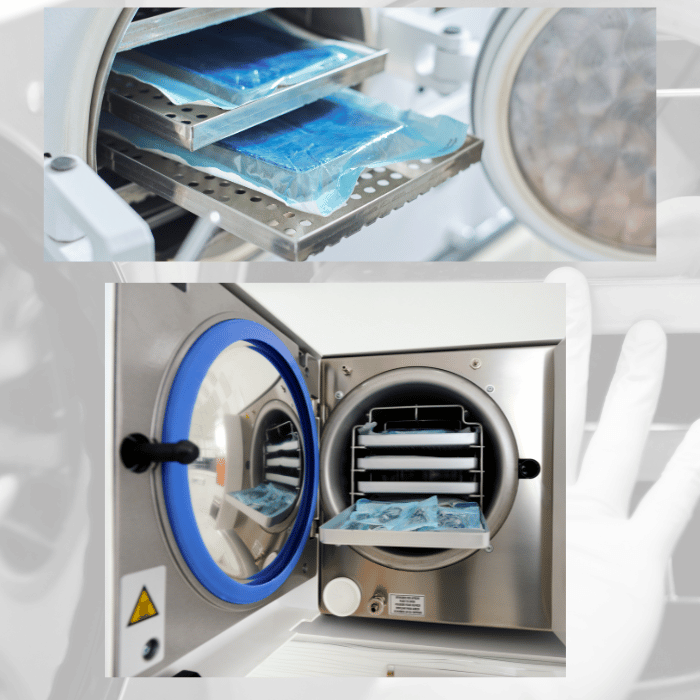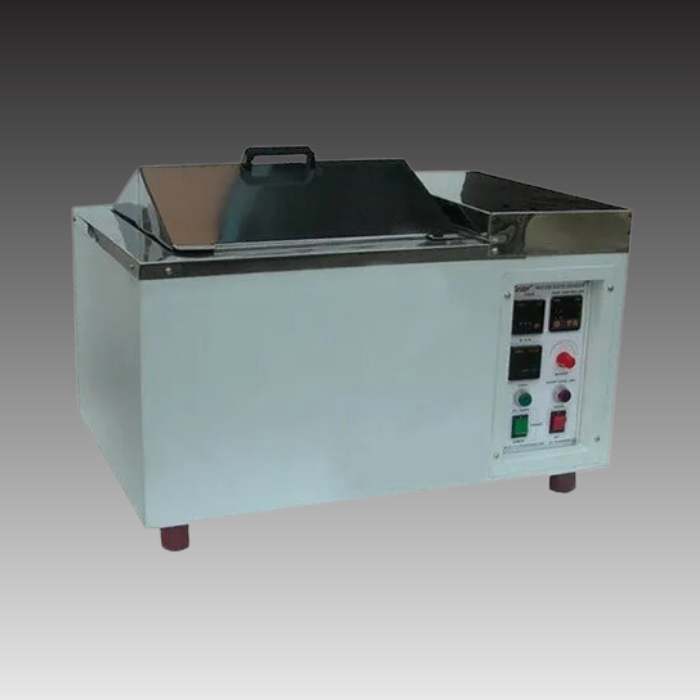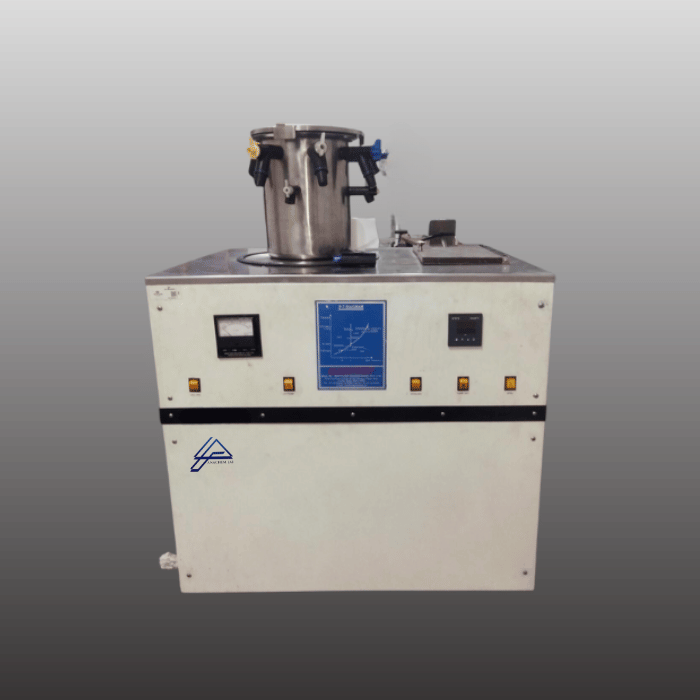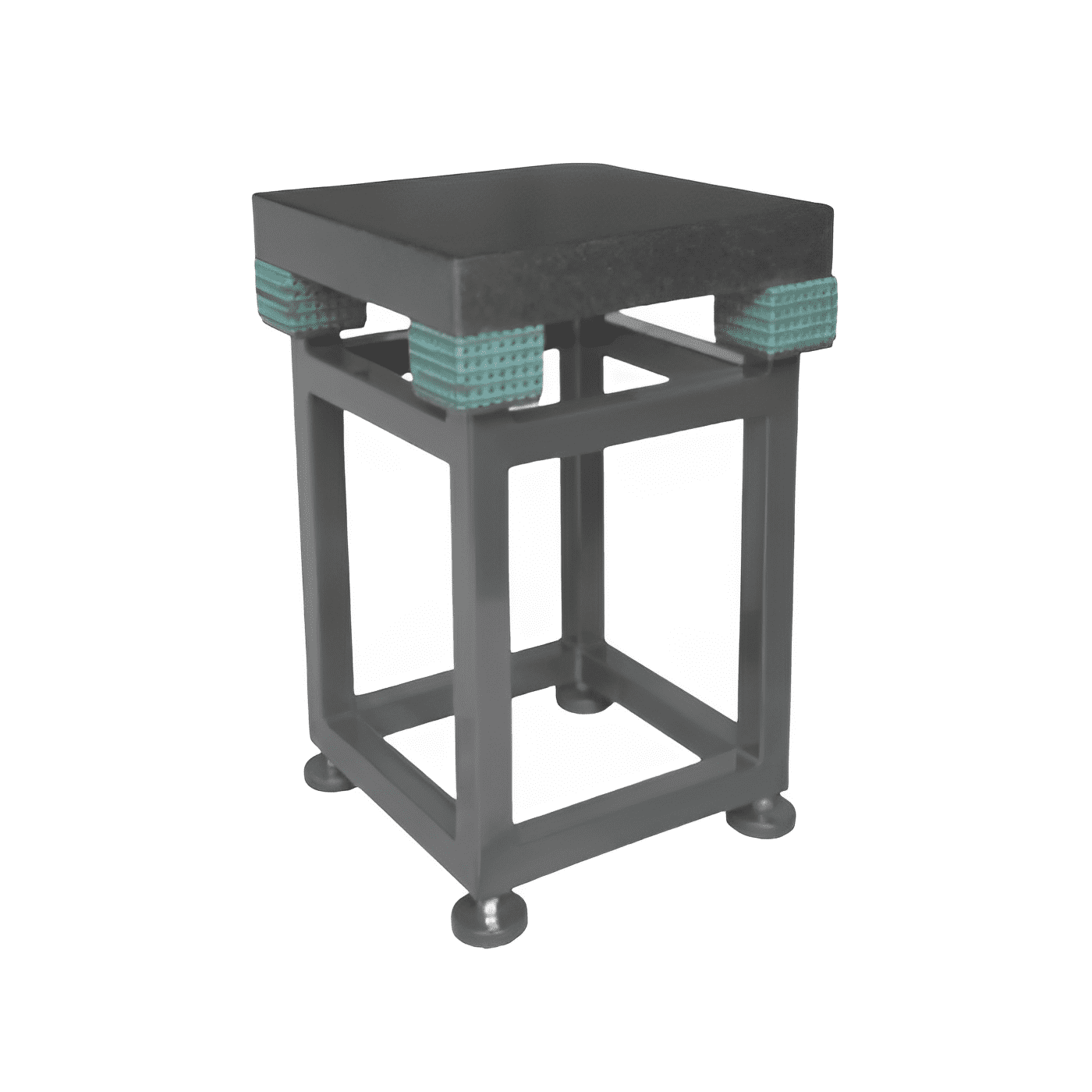However, it is crucial to acknowledge that the correlation between the duration of the salt spray test and the life span of a coating is weak. This is particularly evident in the case of hot dip galvanized steel, as its durability heavily depends on drying cycles. Because Corrosion, being a multifaceted process influenced by numerous external factors, cannot be solely determined by the salt spray test. Nonetheless, the industrial sector continues to widely employ this testing method to assess the resistance of finished surfaces and parts against corrosion.
Standards of Salt Spray Chamber :
- ISO 4611 Plastics Determination of the effects of exposure to damp heat, water spray, and salt mist
- ISO 7253 Paints and varnish — Determination of resistance to neutral salt spray (fog)
- ISO 9227 Corrosion tests in artificial atmospheres — Salt spray tests
- ASTM B 117 Standard Practice for Operating Salt Spray (Fog) Apparatus
- ASTM B368 Standard Test Method for Copper-Accelerated Acetic Acid-Salt Spray (Fog) Testing (CASS Test)
- ASTM B 380 Standard Test Method for Corrosion Testing of Decorative Electrodeposited Coatings by the Corrodkote Procedure
- ASTM G85 – 11 Standard Practice for Modified Salt Spray (Fog) Testing
- ASTM D 1735 Standard Practice for Testing Water Resistance of Coatings Using Water Fog Apparatus
- DIN 50021 Salt Spray Testing
Technical Specification |
|
| Temperature Range | +5℃ above ambient to 50℃ |
| Humidity Range | 95% RH to 100% RH |
| Accuracy | ±1℃ & ±2.0% RH |
| Uniformity | ±2.0℃ & ±3.0% RH |
| Control system | PLC |
Salt Spray Chamber PLC Based Features:
Tank Material: Stainless steel 316, known for its excellent corrosion resistance properties, makes the inner tank suitable for holding various substances, including corrosive solvents.
Double-Walled Design: The double walled construction adds an extra layer of insulation and protection, with the outer wall made of stainless steel 304. While stainless steel 304 is corrosion resistant, it may not offer the same level of resistance as 316 stainless steel.
Spray System: The sprayer system sprays solvents and liquids in the tank for cleaning, coatings, and other applications.
Humidity Meter: The humidity meter measures the level of humidity or moisture in the system. This feature helps monitor and control the environmental conditions inside the tank.
Temperature Indicator cum Controller: The digital temperature indicator cum controller is responsible for measuring and controlling the temperature within the tank. It maintains the desired temperature range with an accuracy of ±1℃.
Hour Meter: The hour meter keeps track of the total working hours of the machine. Users commonly use this feature to monitor usage and schedule maintenance or service intervals.
Timer: users prefer utilizing the timer to regulate time based functions in the system, enabling them to set specific durations for operations.
Heating System: A digital temperature controller cum indicator controls the heater in the tank. This system enables users to adjust the temperature inside the tank as required.
Power Requirement: The system operates on a 220 volts AC power supply.
Control System PLC Based
4.3″ HMI with LDC color touch screen with password protection for all parameter actual status monitoring of utilities like sensor, heating & cooling system, Humidity system) Anachem Lab makes 4-20mA sensors for better accuracy. The PLC has auto tuning for temperature and humidity control, data storage, Ethernet transfer, and web-based remote monitoring with various parameters. Direct report printout Provision from HMI.
Safety / Alert: The system includes temperature and humidity alarms, cut offs, low water level cut offs, auto changeover, and software with compliance features. (Option)
The Outcomes of salt spray chamber plc based:
Automation technology supports the creation of all systems for unattended operation and automatic adjustment. The feather touch display screen offers a modern user experience, serving as an HMI for test parameter settings, evaluation, and data recording. Low water level PLC/HMI safety alarm facility allows for continuous testing by users. Thanks to automation, the chamber door operates smoothly and is user friendly. This solution’s Air Saturator Auto Refilling feature guarantees an uninterrupted testing procedure and minimizes the requirement for personnel support. The HMI ensures user safety by activating an over temperature alarm and a buzzer.
Model |
Size |
| ALS-SSC-01 | 1000″X 600″X 600″mm (L X W X H) |
| ALS- SSC-02 | 1200″ X 600″X 800″mm (L X W X H) |
| ALS- SSC-03 | 1600″ X 600″X 1000″mm (L X W X H) |
Note: Other sizes and custom models are available on request. Air Pressure line or air compressor required for operation to be provided at the site by the customer.









Reviews
There are no reviews yet.